






This building is also located on the Acropolis of Athens and dates back to the period of Greek antique architecture. The Odeon - a theatrical type of building that was used for musical performances in ancient times - was built by the wealthy patron Herod Atticus in 161 AD to commemorate his wife. The Odeon is in much better condition than the Dionysus Theatre, as it was renovated in the 1950s.









The stage of the Odeon is 35.4 m long and two-storey, the stage is almost 19 m in diameter and is paved with black and white slabs of special marble. The auditorium consists of 32 rows of seats and has a total capacity of 5,000 spectators. The most interesting part of the Odeon is a wooden cedar roof. To this day, the Odeon serves the public, where various concerts, ballets and operas, as well as performances by popular singers, take place, especially during the summer Athens Music Festival.




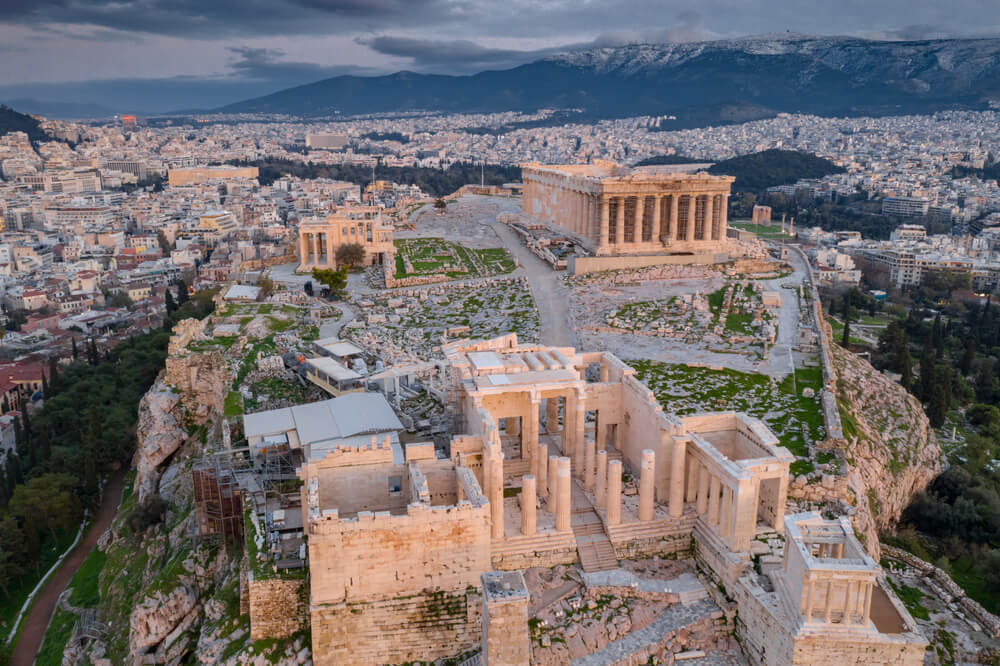
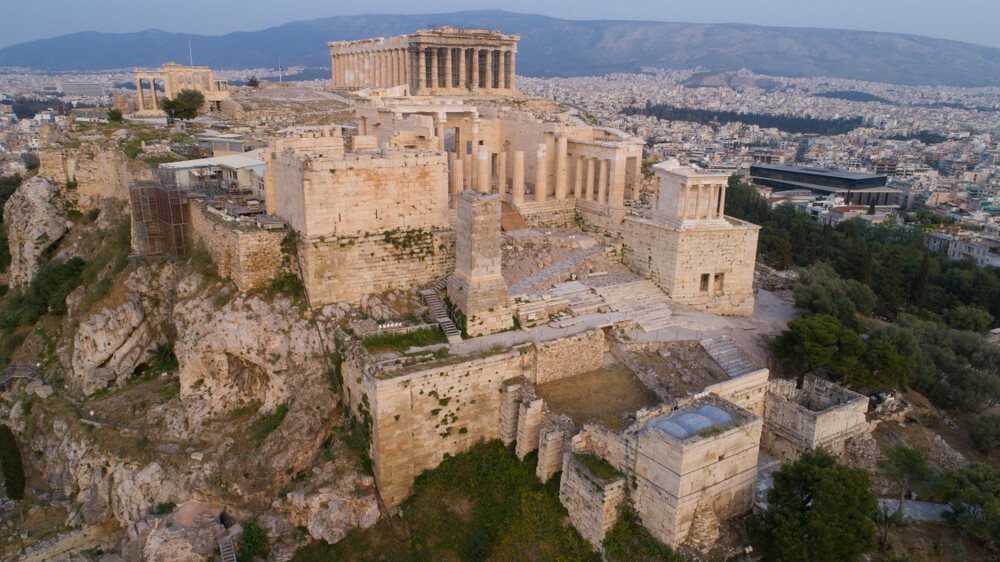
This theatre is a typical example of a natural theatre, which was built on a sacred hill above the city of Athens, on the Acropolis. The most important and oldest buildings stand on the Acropolis not only of this city, but also of antique Greek architecture. Most of the buildings on the Acropolis of Athens that have been preserved are now part of the UNESCO World Heritage List and they date from the 5th century BC. Their construction was mainly owing to the Greek monarch Pericles.




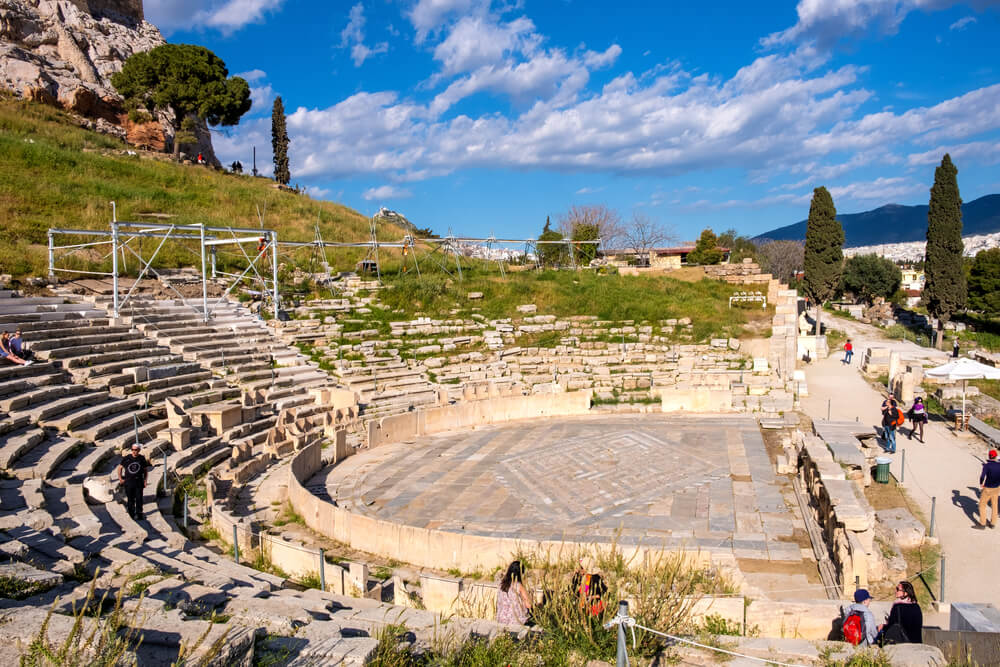
Dionysus Theatre is one of these preserved buildings that is located on the south side of the Acropolis. The theatre was named after the Greek wine god Dionysus and was built around the 4th century BC. The theatre is built of so-called pentelic marble and has a flawless white colour. This marble was mined from the nearby Pentelikon hill, so it bears this name. It became a typical material of ancient architecture in Athens, and later the Romans tried to imitate it.



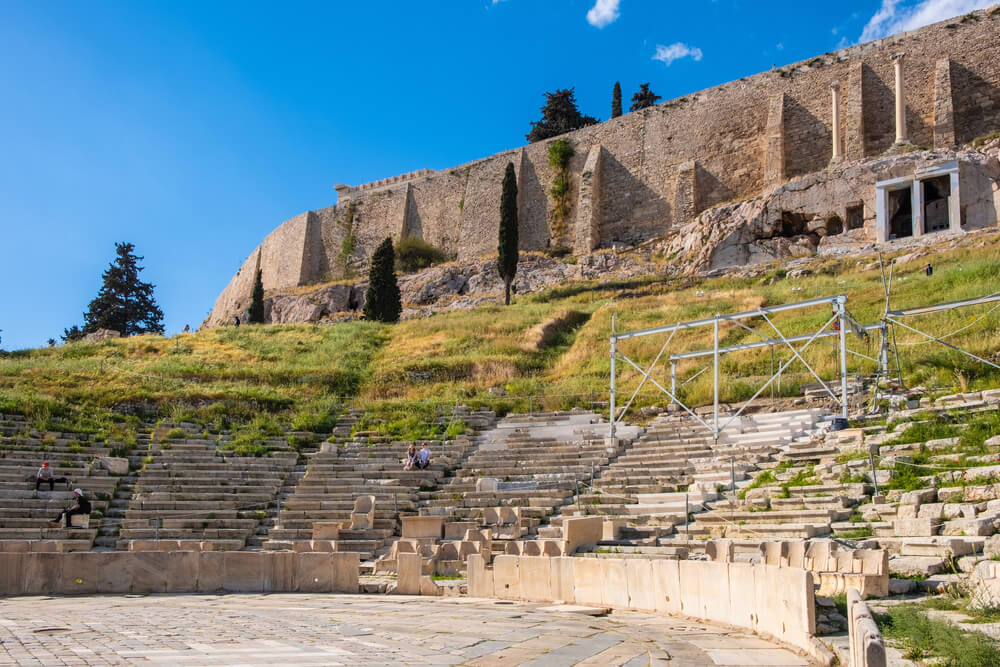
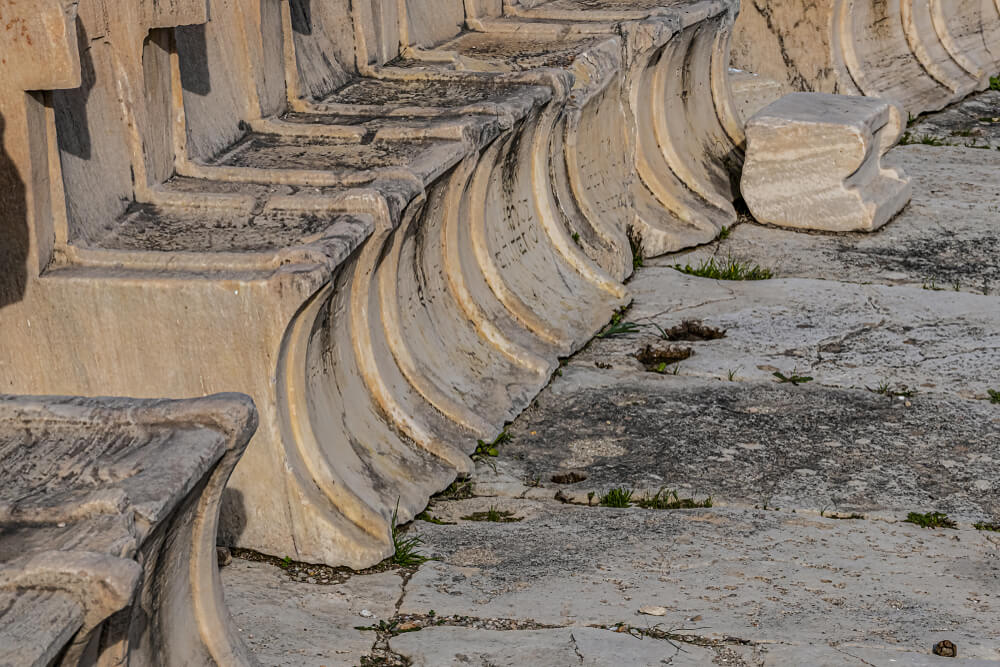
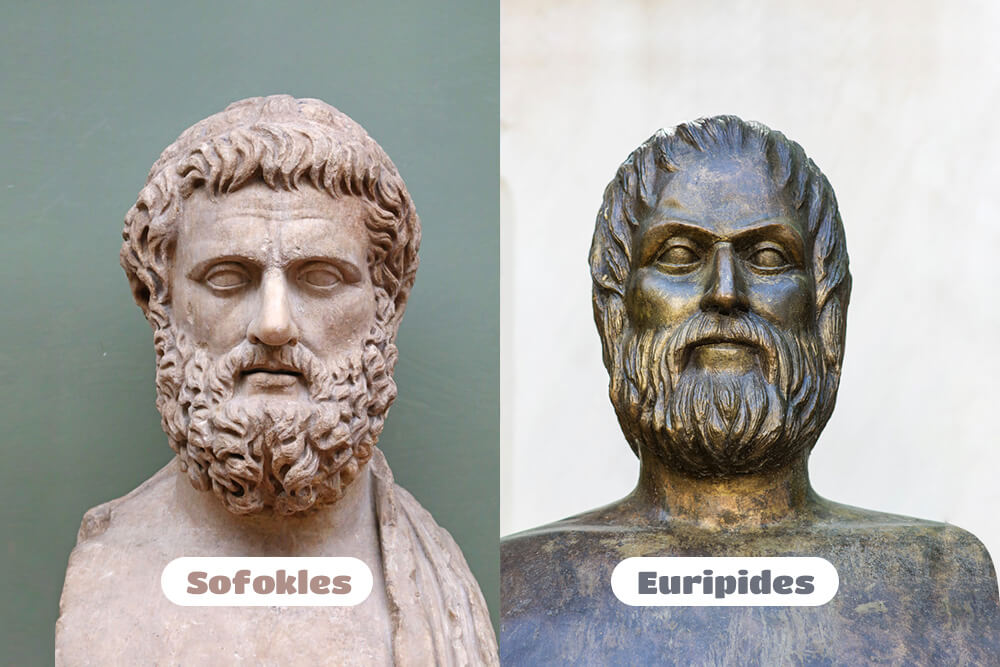
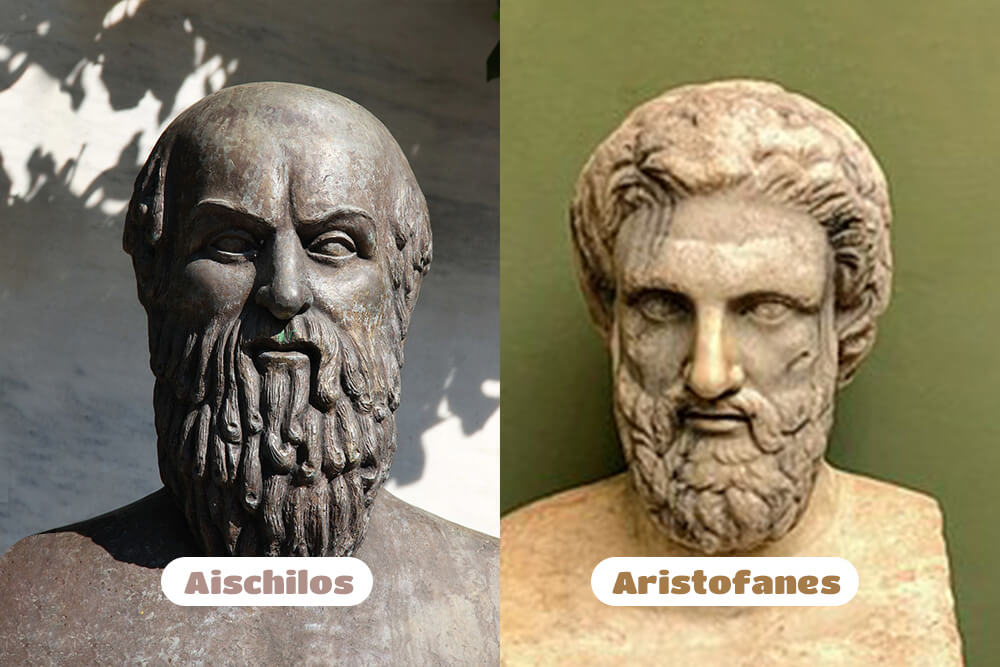
The Dionysus Theatre in Athens could accommodate up to 17,000 spectators, sitting in a stepped archway that lined the central circular stage. The Dionysus Theatre is considered to be the cradle of theatrical art, a place where great playwrights such as Aeschylus, Sophocles, Euripides, Aristophanes performed their famous dramatic plays.



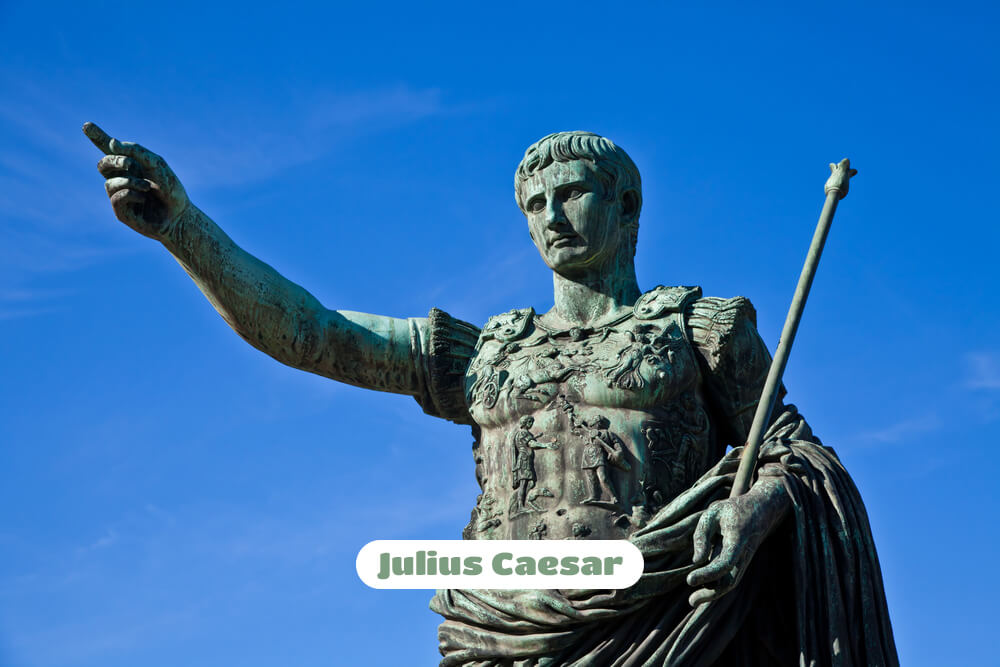
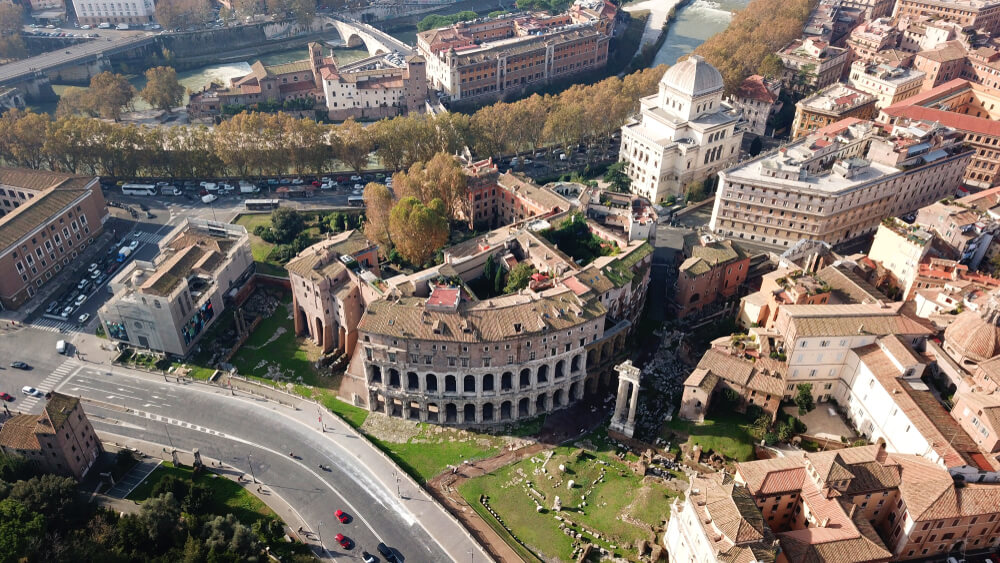
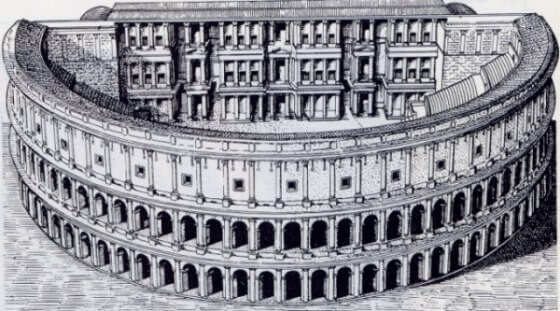
Construction of this unique theatre began in 44 BC at the behest of the important Roman duke and politician Julius Caesar. He personally chose the place where the theatre will stand. After his death, the construction of the theatre was interrupted for more than 20 years and the construction was completed by Augustus, who named it after his son-in-law. The theatre was opened in 11 BC with a performance of a tiger fight. The theatre had a capacity of 13,000 spectators. The amphitheatre building had 2 floors, the stage was oriented south opposite the Tiber River.




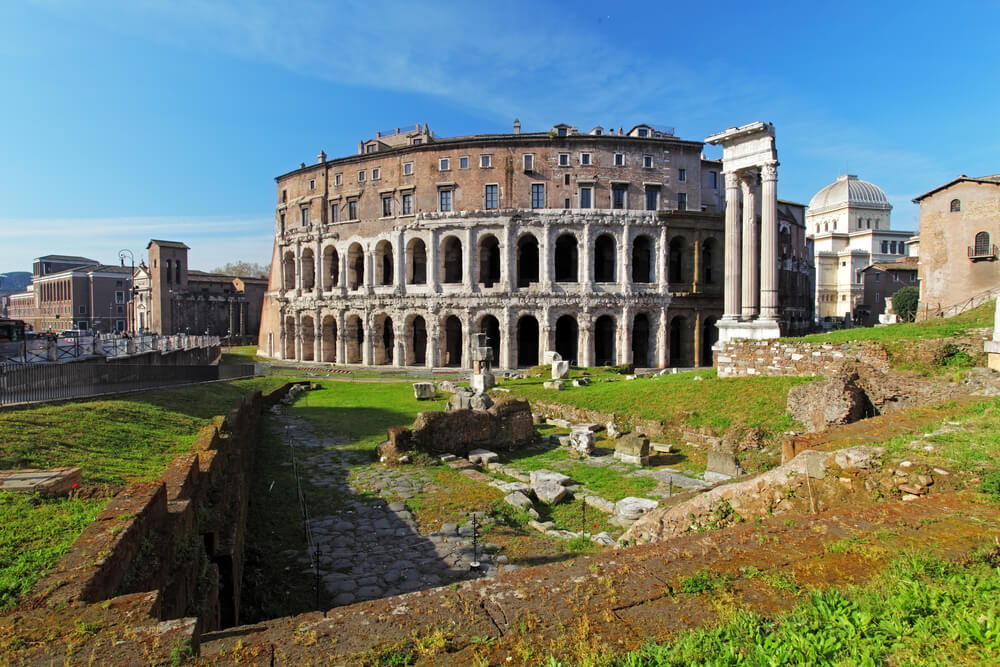
It was a typical antique architecture with columns, arches, supported pillars and an upper attic. The outer part of the amphitheatre was built of travertine and the interior was made of tuff. An orchestra was placed under the stage and its walls were lined with bricks to prevent the walls from getting wet. The theatre was damaged several times as a result of a fire and reconstructed again.





Later, it was completely discontinued, but at the beginning of the 18th century, the Orsini family became its new owner, entrusting the architect Albert Calz-Binim with its reconstruction. He managed to strengthen the entire building and restore the original facades, so we can admire the theatre even today.



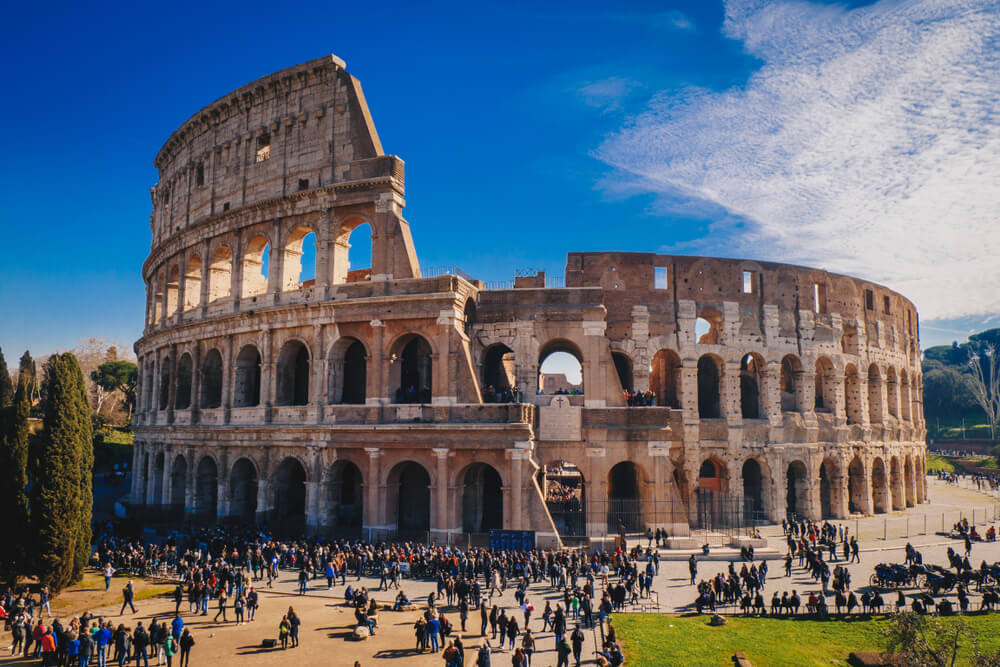


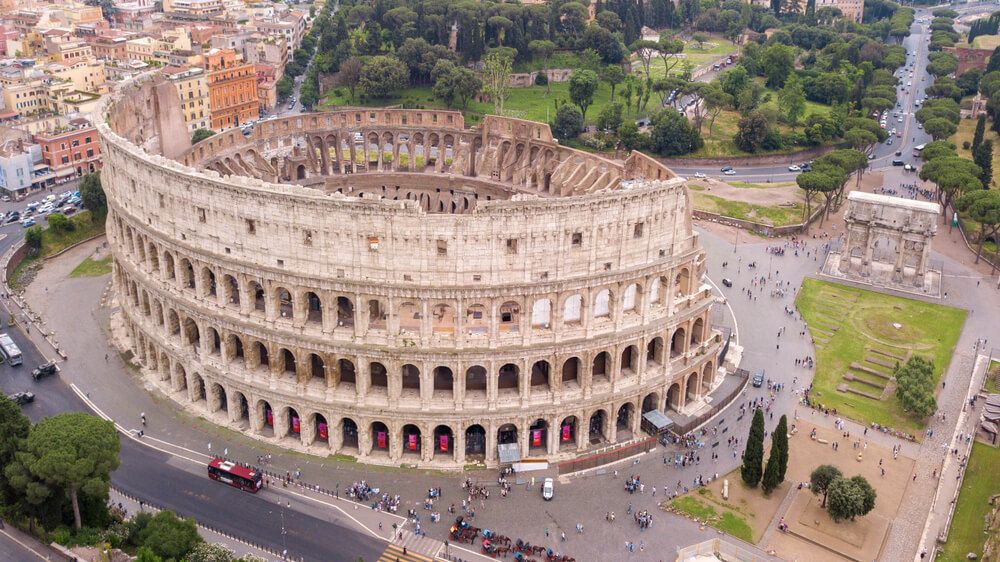
The most famous theatrical and at the same time the largest building in antique Rome is the Colosseum preserved until this very day. If you have ever visited Rome, you must have seen the ruins of this building, which was built in 72 AD by order of the Roman Emperor Vespasian. They built it from grey-pink travertine blocks connected by iron jointers and sunk the foundations to a depth of 9 meters.




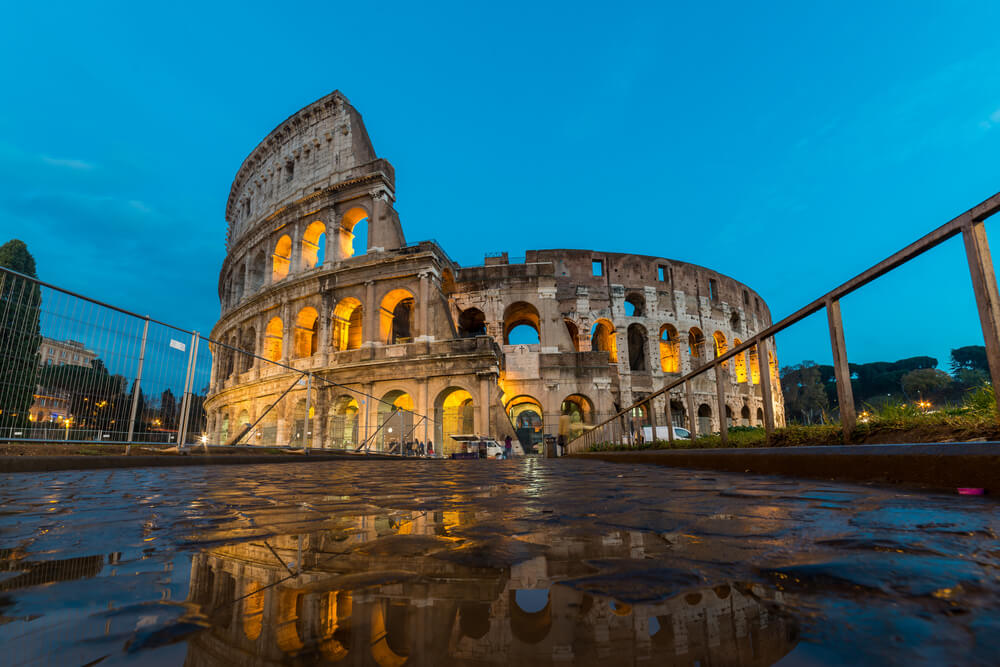
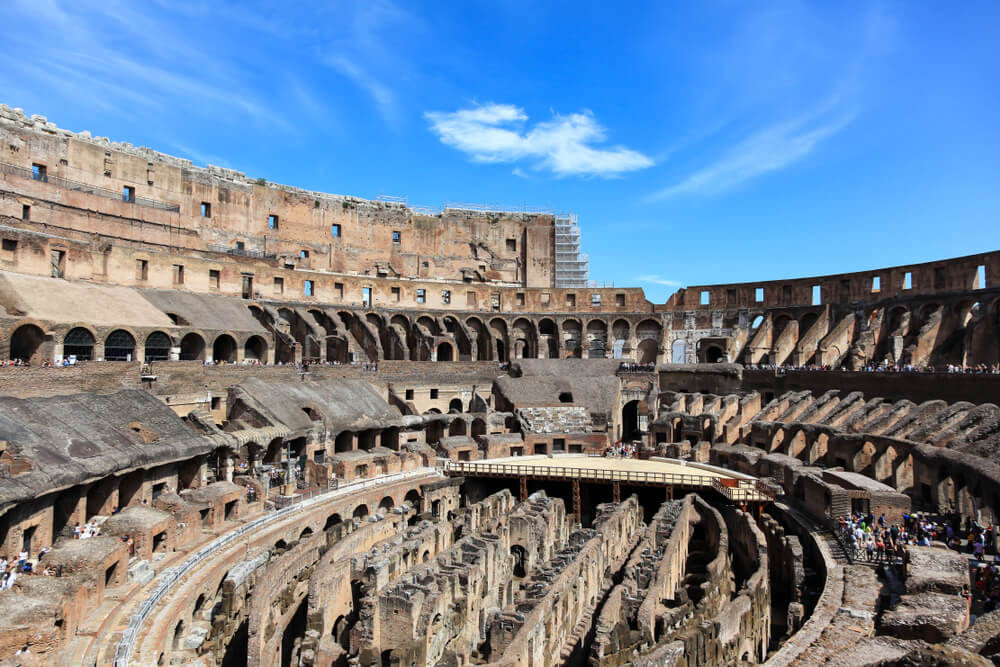
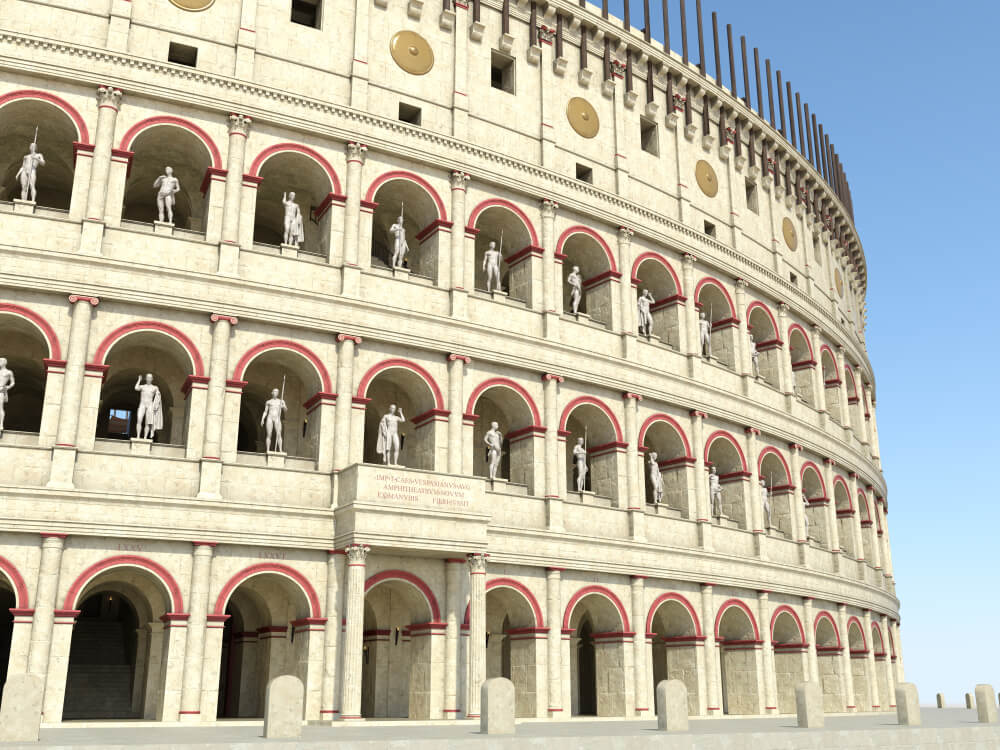
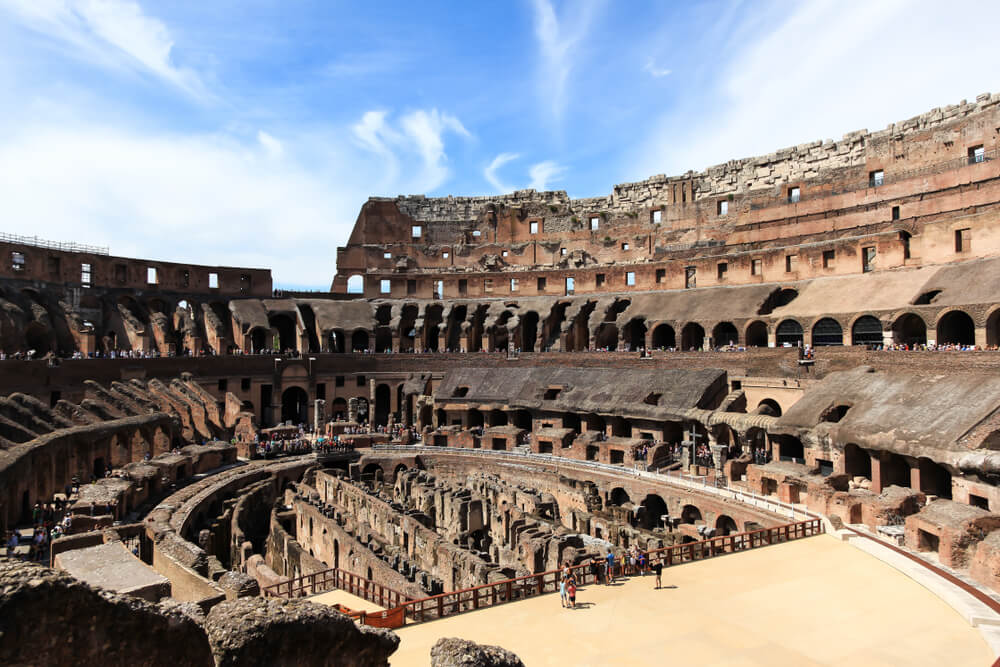
Beneath the arena was a system of underground passages with shafts and lifts for wild animals, as gladiatorial matches were often held in the Colosseum. Originally, it was completely lined with marble, and on the outside it had 80 arcades decorated with statues on the second and third floors, and its upper edge was also lined with statues. Its capacity was an admirable 50,000 spectators sitting or standing on four terraces. The most noble sat in the front rows, there were lodges for the imperial family.



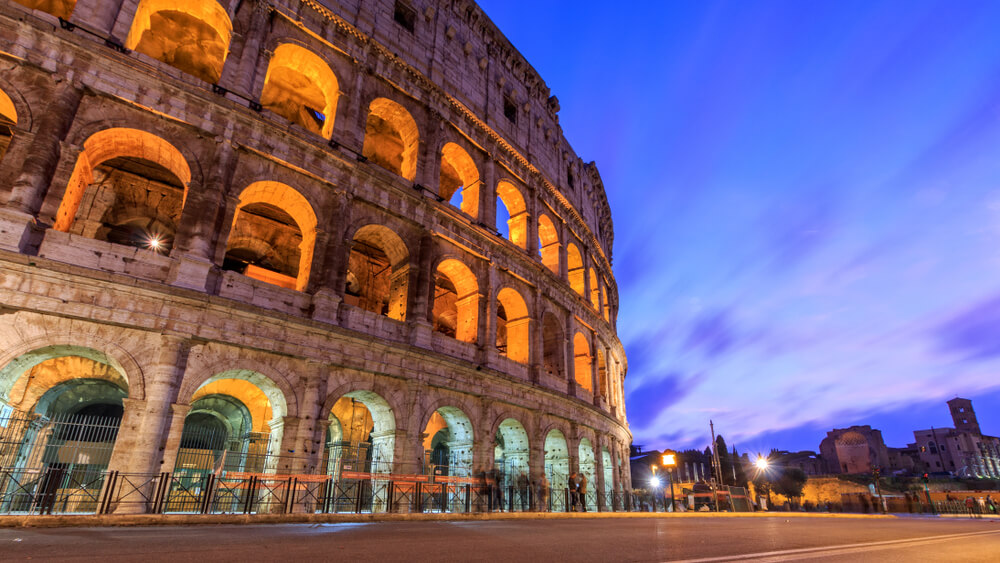

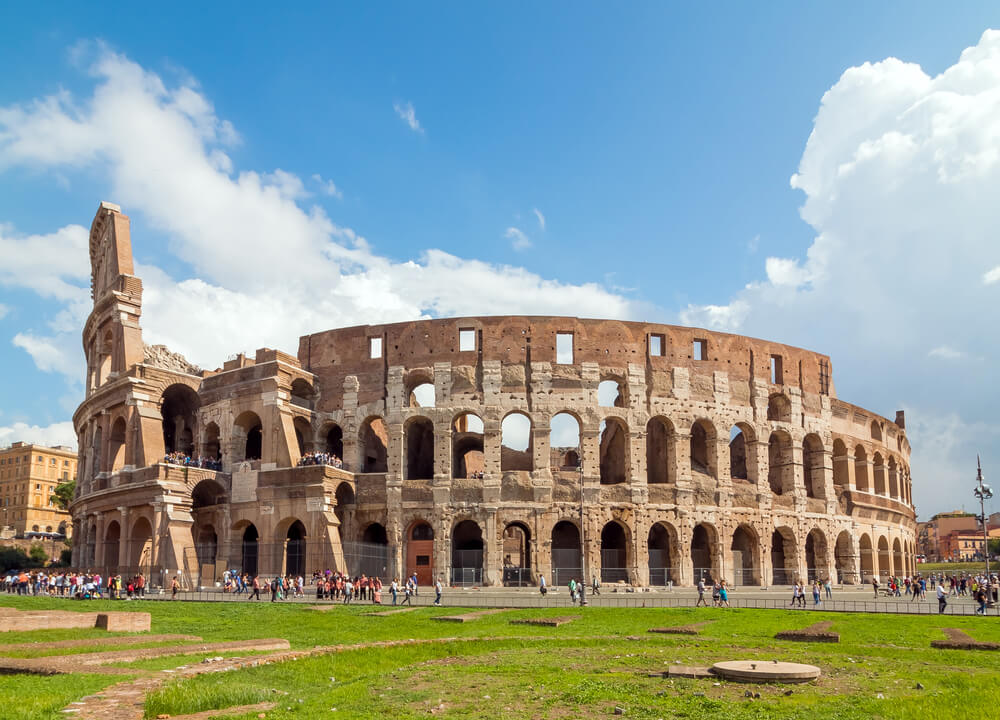
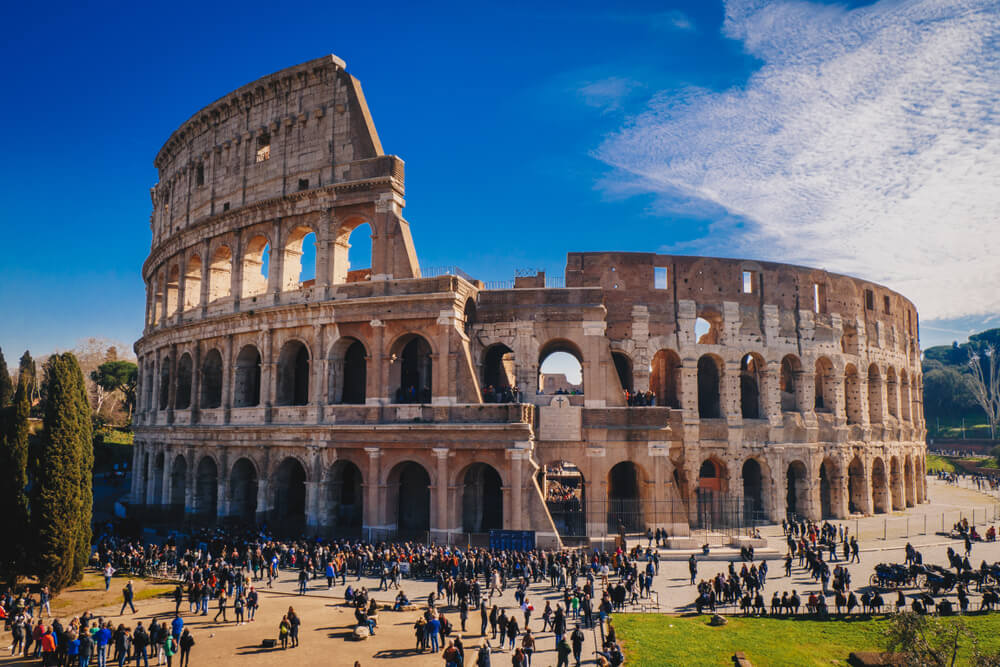
At present, only 2/3 of the original building of the Colosseum have been preserved. It was damaged by earthquakes, but also by theft of material. The Colosseum was called an icon of antique Rome, and in addition to gladiatorial matches, dramatic and dance performances took place here.

